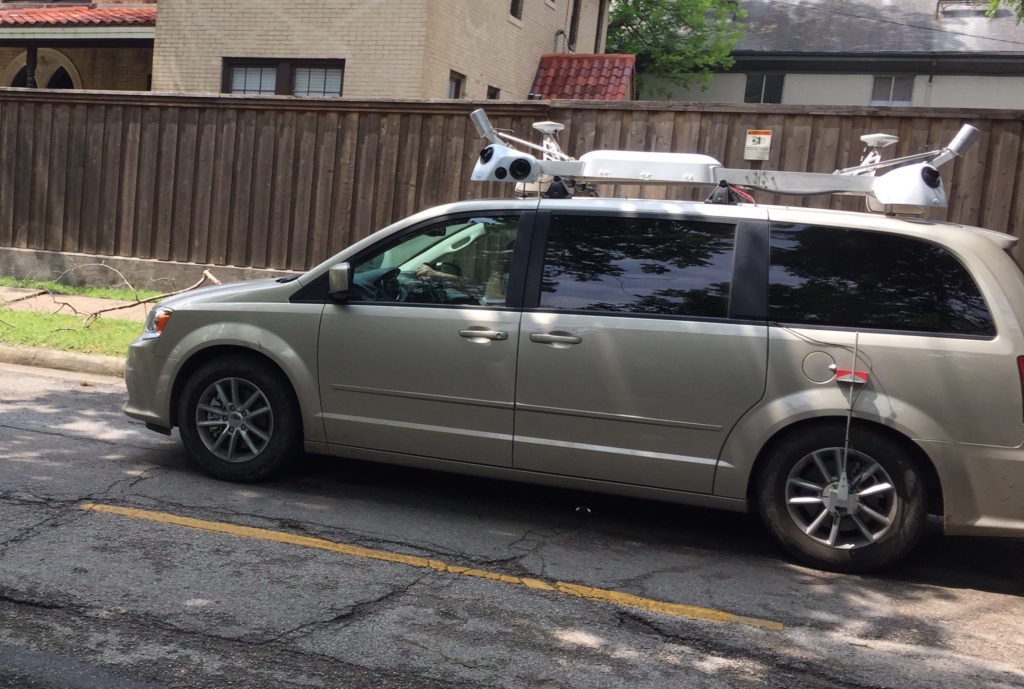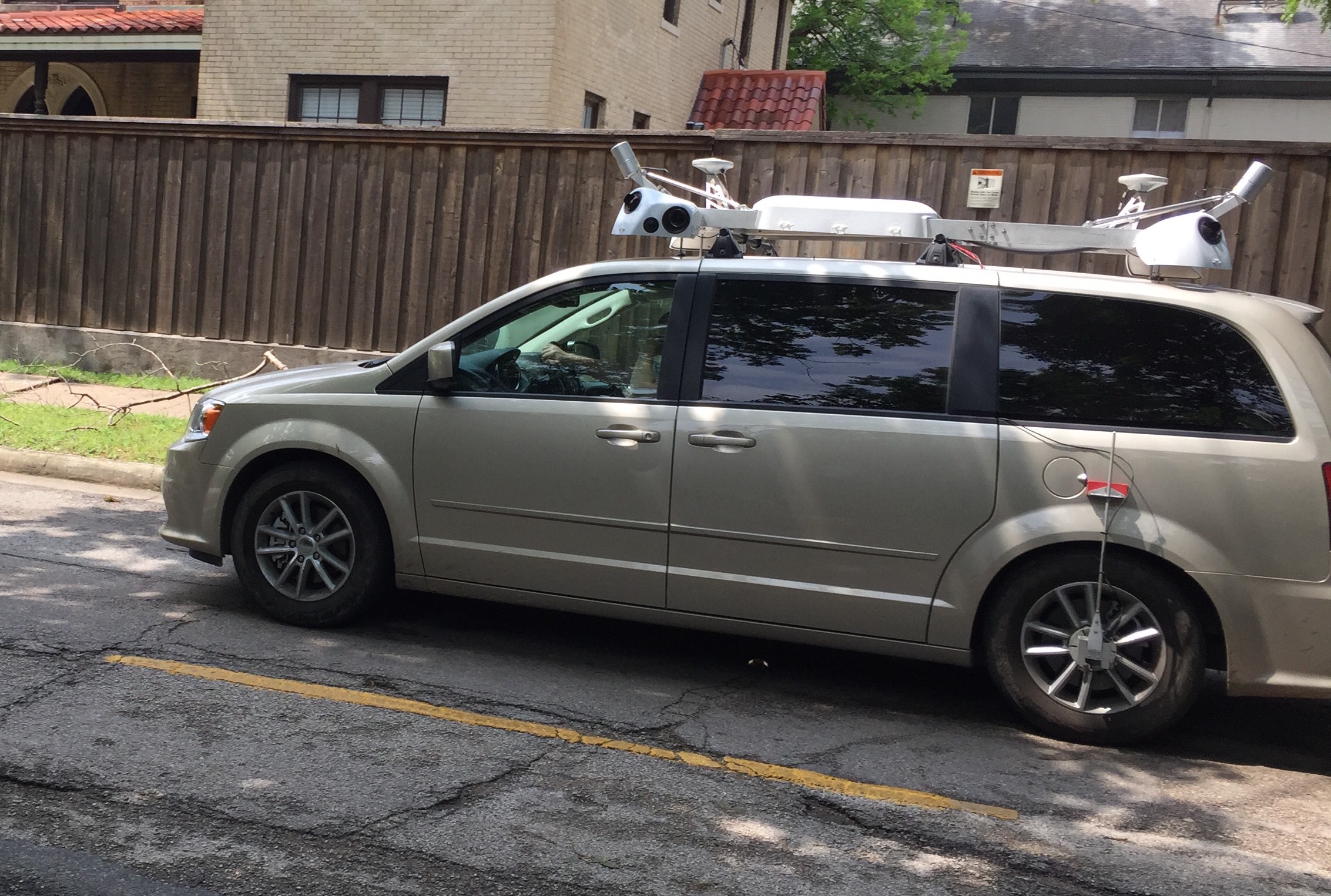
What is earth’s capacity and how many people can it support?
It took 150,000 years for humans to touch the 1-billion population mark. Today, there are over 7.5 billion of us on this planet. Of these, 2 billion have been added after 1993 – in the last 24 years. According to the United Nations, our population is expected to reach 9.8 billion by 2050 and 11.2 billion by 2100. And that, many scientists believe, is the maximum carrying capacity of the earth.
The issue isn’t the number of people. If a space to provide shelter is all we were focusing on, there is enough room for all of us. The trouble begins when we start measuring the ecological footprint of this burgeoning population – the amount of biologically productive land and water a person requires for producing the resources it consumes.
The Food and Agriculture Organization of the UN says that some 11% of the globe’s land surface is being used for growing crops at the present. An even bigger area is being employed for livestock grazing. To produce 1 kg of wheat, between 500 and 4,000 liters of water is needed. 1 kg of chocolate, meanwhile, requires a whopping 17,196 liters of water. Another 15,415 liters of water go into producing 1 kg of beef, while 1 kg of chicken meat necessitates expending 4,325 liters of water.
Accordingly, the ecological footprint – measured in global hectares per capita – is highest for the countries of Luxembourg (15.82 gha/person), Aruba (11.88 gha/person) and Qatar (10.8 gha/person). Conversely, countries like Pakistan and Bangladesh have an ecological footprint of only 0.79 gha/person and 0.72 gha/person, respectively.
To put these figures into perspective, consider this: If all humans started living at the standards of Qatar, we would need another four earths to sustain ourselves. And this is without factoring in the additional stress that would arise if we put climate change into the equation. Rising sea levels in China and changes in precipitation patterns in some parts of Africa are just a couple of examples of how scientists are worrying about these regions’ capability to support human habitation and agriculture in the future.
Harvard University scientist Edward O. Wilson wrote in his 2002 book The Future of Life, “If everyone agreed to become vegetarian, leaving little or nothing for livestock, the present 1.4 billion hectares of arable land (3.5 billion acres) would support about 10 billion people.” Now, it’s extremely unlikely that we all will stop eating meat. But considering the progress in agri-technologies over the years, the maximum carrying capacity of our planet can still be safely capped at around 10 billion people as far as food is concerned.
Check out a video by Life Noggin below which takes an interesting look on the subject:
It is ultimately upon advancements in science and technology and people’s willingness to change their lifestyles to make this world more viable for our future generations. As Mahatma Gandhi famously said, “The world has enough for everyone’s need, but not enough for everyone’s greed.”






